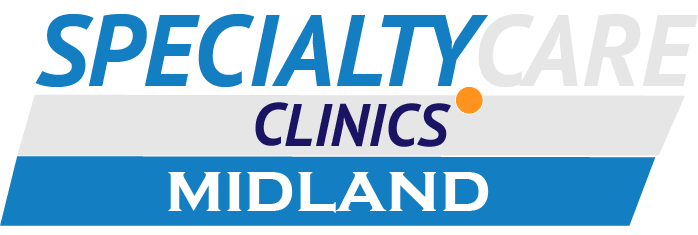Headaches are one of the most common health complaints worldwide, affecting millions of people daily. From mild, occasional discomfort to debilitating migraines, headaches can disrupt life, productivity, and mental well-being. While over-the-counter medications provide temporary relief, chronic or severe headaches often require a more strategic approach.
Pain management offers a comprehensive way to treat headaches by addressing root causes, managing symptoms, and enhancing overall quality of life. In this guide, we’ll explore pain management strategies for headaches, including treatments, medications, lifestyle adjustments, and answers to common questions.
Different Types of Headaches and Their Impact
Types of Headaches
Headaches come in many forms, each with different triggers and pain patterns. Understanding the type of headache you experience is crucial to finding the right treatment.
Tension Headaches
- The most common type
- Feels like a tight band around the head
- Often caused by stress, muscle tension, or poor posture
Migraines
- Severe, throbbing pain (often on one side of the head)
- May come with nausea, sensitivity to light and sound, or visual disturbances
- Can last from a few hours to several days
Cluster Headaches
- Intense, burning pain around one eye or side of the head
- Occur in cyclical patterns or “clusters”
- Can last weeks or months, with multiple attacks a day
Sinus Headaches
- Caused by sinus infections or pressure
- Pain in the forehead, cheeks, and nose
- Often accompanied by congestion or facial tenderness
Pain Management Strategies for Headaches
Medication-Based Treatments
Medications play a key role in headache management. The right prescription depends on the headache type, frequency, and severity.
Acute Pain Relief Medications
- Prescription painkillers: Triptans for migraines, muscle relaxants for tension headaches
Preventive Medications
- Beta-blockers: Reduce migraine frequency
- Antidepressants: Help regulate pain pathways
- Anti-seizure drugs: Can prevent chronic headaches
Injections and Nerve Blocks
- Botox: FDA-approved for chronic migraines
- Occipital nerve blocks: Relieve pain by numbing nerves
- Trigger point injections: Relax tight muscles contributing to headache pain
Non-Medication Therapies
Medications aren’t the only solution — many people find lasting relief through non-pharmacological approaches.
Physical Therapy
- Corrects posture and strengthens muscles
- Reduces muscle tension in the neck and shoulders
Cognitive Behavioral Therapy (CBT)
- Helps manage stress and emotional triggers
- Teaches relaxation techniques to prevent headaches
Acupuncture and Chiropractic Care
- Stimulates pressure points to relieve pain
- Aligns the spine and reduces nerve compression
Lifestyle Changes for Headache Prevention
Managing Triggers and Daily Habits
Identifying and avoiding headache triggers is key to long-term management. Even small lifestyle adjustments can make a big difference.
Stress Management
- Practice mindfulness, meditation, or yoga
- Set boundaries and prioritize self-care
Sleep and Hydration
- Get 7–9 hours of sleep per night
- Stay hydrated to prevent dehydration headaches
Diet and Nutrition
- Avoid common triggers like caffeine, alcohol, and processed foods
- Eat regular, balanced meals to maintain stable blood sugar levels
FAQs
1. When should I see a doctor for headaches?
If you experience frequent, severe, or sudden headaches that interfere with daily life, consult a healthcare provider. Seek immediate care for headaches accompanied by confusion, vision changes, or neurological symptoms.
2. Can pain management completely cure headaches?
While pain management may not eliminate headaches entirely, it can drastically reduce their frequency, intensity, and impact on your life.
3. Are headache medications safe for long-term use?
It depends on the medication and dosage. Your doctor will help balance effectiveness with safety, adjusting your treatment as needed.
4. Can lifestyle changes really make a difference?
Absolutely! Stress reduction, better sleep, and dietary adjustments can significantly reduce headache triggers.
5. How long does it take to see results with pain management?
Results vary depending on the treatment plan. Some people experience relief within weeks, while others may need a few months of adjustments to find the right balance.
Conclusion
Headaches can be frustrating, painful, and life-disrupting — but with the right pain management strategies, relief is possible. Whether through medication, therapy, lifestyle changes, or a combination of treatments, many people find ways to control their headaches and reclaim their lives.
The key is persistence and partnership with a healthcare provider who can guide you through the options and tailor a plan to your unique needs. You don’t have to live in pain — relief is within reach.
Contact us to find relief from chronic headaches with our pain management treatments (432) 599-9580 or visit us https://sccmidland.com/


